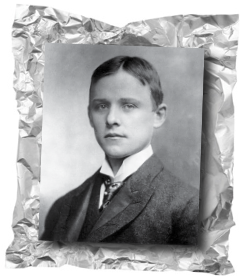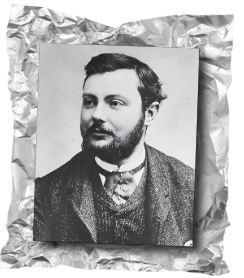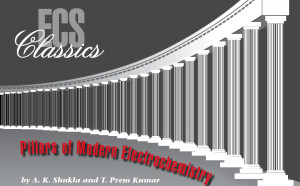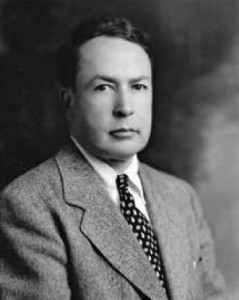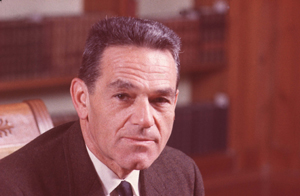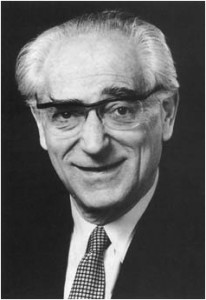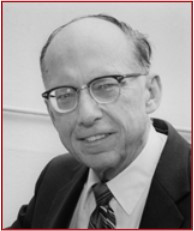By: Petr Vanýsek
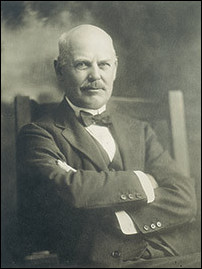 The discovery of an electric arc can be tied to the use of an electrochemical energy source. Sir Humphry Davy described in 1800 an electric discharge using electrochemical cells1 that produced what we would call a spark, rather than an arc. However, in 1808, using an electrochemical battery containing 2000 plates of copper and zinc, he demonstrated an electric arc 8cm long. Davy is also credited with naming the phenomenon an arc (Fig. 1). An electric arc was also discovered independently in 1802 by Russian physicist Vasily Petrov, who also proposed various possible applications including arc welding. There was a long gap between the discovery of the electric arc and putting it to use.
The discovery of an electric arc can be tied to the use of an electrochemical energy source. Sir Humphry Davy described in 1800 an electric discharge using electrochemical cells1 that produced what we would call a spark, rather than an arc. However, in 1808, using an electrochemical battery containing 2000 plates of copper and zinc, he demonstrated an electric arc 8cm long. Davy is also credited with naming the phenomenon an arc (Fig. 1). An electric arc was also discovered independently in 1802 by Russian physicist Vasily Petrov, who also proposed various possible applications including arc welding. There was a long gap between the discovery of the electric arc and putting it to use.
Electrochemical cells were not a practical source to supply a sustained high current for an electric arc. A useful application of this low voltage and high current arc discharge became possible only once mechanical generators were constructed. Charles Francis Brush developed a dynamo, an electric generator, in 1878, that was able to supply electricity for his design of arc lights. Those were deployed first in Philadelphia and by 1881 a number of cities had electric arc public lights. Once that happened, the application and new discoveries for the use of the electric arc followed. Electric arc for illumination was certainly in the forefront. First, electric light extended greatly the human activities into the night and second, public street electric lights, attracting masses of spectators, were the source of admiration, inspiration, and no doubt, more invention.


